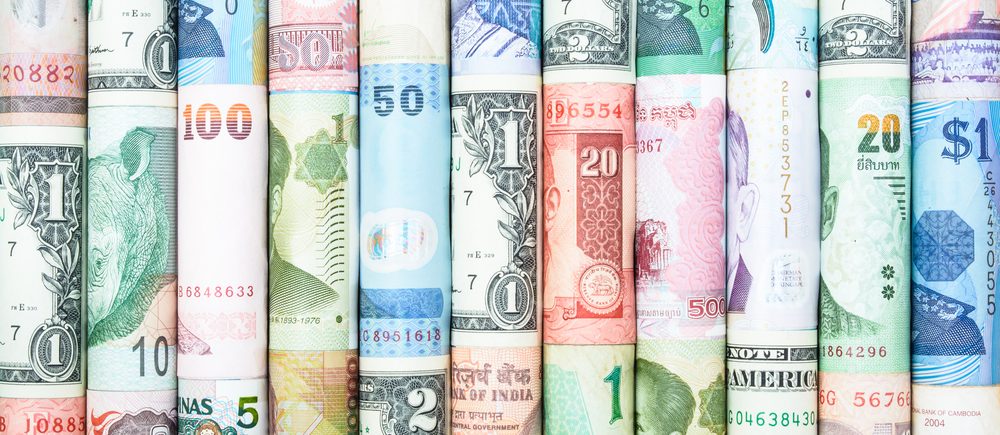The U.S. dollar strengthened to a more than two-week high against the yen on Wednesday, following new trade-related proclamations by U.S. President Donald Trump. This comes after the U.S. leader announced 25% tariffs on Japan and several other trade partners, adding to market uncertainty.
Dollar Gains Amid Tariff News
The dollar rallied against major peers, bolstered by Trump’s latest threat of trade tariffs, which are now set to begin on August 1. Although Trump later indicated that he would be open to extensions if countries presented proposals, his statements continued to exert upward pressure on the dollar.
Trump took to social media to announce that further details on trade matters would be revealed on Wednesday, particularly concerning “a minimum of 7 countries.” However, the specifics were left vague. In addition to the tariffs on Japan, Trump also threatened a 50% tariff on imported copper and hinted at new levies on semiconductors and pharmaceuticals.
Despite recent strength, the dollar index, which measures the greenback against six major currencies, is still down more than 6% from April 2, when Trump unveiled his “Liberation Day” tariffs. These tariffs triggered market sell-offs, although many were postponed to allow for time to negotiate trade deals with individual countries.
Yen Weakens Amid Trade Negotiations
The dollar firmed 0.1% to 146.75 yen, after briefly touching 147.19 yen. The greenback has gained 1.5% so far this week, marking its largest weekly rise since mid-December. The yen has come under pressure as trade talks between the U.S. and Japan have faltered, with no breakthroughs in sight.
Japan, an export-dependent economy, is particularly vulnerable in this ongoing trade dispute. With the trade deadline fast approaching, the Japanese yen has weakened significantly, reflecting the uncertainty over negotiations. Additionally, Japanese government bonds (JGBs) have dropped, with concerns about the outcome of an upcoming election adding further pressure to the currency.
Focus on European Union and Federal Reserve Policy Outlook
Meanwhile, the euro remained flat at $1.171 as markets weighed the possibility that the European Union may avoid tariff letters from the U.S. and secure exemptions from the baseline tariff rates set by Trump. Sources familiar with the matter indicated that the EU could negotiate its way out of facing the standard 10% tariff.
Attention is also on the U.S. Federal Reserve’s policy stance, with minutes from the latest Federal Reserve meeting expected later in the day. These minutes could provide more insight into the central bank’s outlook on interest rates, which is crucial for shaping market expectations on the dollar’s future trajectory.
Other Currency Movements
The dollar index was largely flat at 97.60, while Sterling inched up slightly to $1.36, continuing its resilience. Meanwhile, the New Zealand dollar saw a modest 0.1% gain, reaching $0.60 after the Reserve Bank of New Zealand held the benchmark interest rate steady, citing near-term inflation risks as a key factor in their decision-making process.
Market Outlook
The upcoming trade-related decisions, particularly on the U.S. tariff front, remain the primary focus for global investors. As the deadline for the new tariffs draws nearer, volatility in currency and commodity markets is expected to persist. Investors are also awaiting the Federal Reserve’s meeting minutes for clearer guidance on U.S. monetary policy, which could influence the dollar’s strength in the coming weeks.
 Noor Trends News, Technical Analysis, Educational Tools and Recommendations
Noor Trends News, Technical Analysis, Educational Tools and Recommendations





